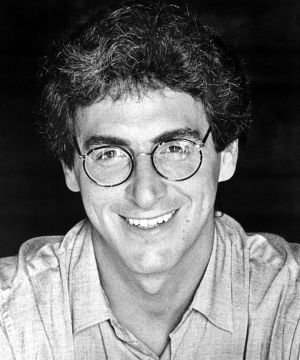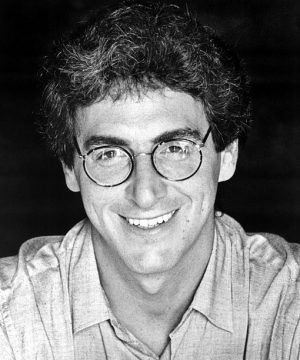Comedic legend Harold Ramis dies at age 69
The legendary comedic writer, actor and director, Harold Ramis died Feb. 24, he was 69 years old, The cause of death was complications from autoimmune inflammatory vasculitis.
Ramis was a Rembrandt of comedy in his own ways, ranging from quirky geek moments to the much beloved fart joke, by embracing immaturity as a form of rebellion.
In his career spanning 45 years, Ramis was well-versed in the various aspects in the business of making people smile. Some of his writing credits include such comedy classics as “National Lampoon’s Animal House,” “Caddyshack,” “Ghostbusters,” “Groundhog Day,” and “Analyze This.”
Ramis carved a path for the crude comedic filmmakers, such as Judd Apatow (“Superbad” and “Knocked Up”), along with many others. Ramis was one of the lunatics who managed to run the asylum by quickly moving from a writer and actor to a director and producer.
Ramis was a native of Chicago and would be one of many in his generation in comedy to rise from the Second City scene. He became a part of the Second City troupe in 1969 after working as the joke editor for Playboy Magazine.
He went on to write and perform as part of “The National Lampoon Show,” along with other Second City alumni, John Belushi, Bill Murray and Gilda Radner.
By 1976, Ramis became the head writer for “SCTV” in Canada before making his first transition into movies as one of the writers of “National Lampoon’s Animal House.”
Ramis had a talent for writing lovable underdog characters. At the root of his comedic brilliance were the characters he created.
“My characters aren’t losers. They’re rebels. They win by their refusal to play by everyone else’s rules,” said Ramis.
Some of his rebellious underdogs can be seen in many of his films. From the underachieving caddy Danny Noonan in “Caddyshack” to the legendary seven-year-senior Bluto in “National Lampoon’s Animal House” who asked the famous line, “was it over when the Germans bombed Pearl Harbor?”
Ramis made films and created characters that were easy to relate to and were an undoubtedly accessible part of pop culture.
Many college-aged students were exposed to some of his movies as children.
“I remember watching ‘Ghostbusters’ as a kid and my brothers were really into it. I still hum the song to this day,” said Bianca Ramirez, a senior biology major.
Luke Warnken, a senior athletic training and pre-med major and a former film student at Columbia College, also appreciated Ramis as a film icon.
“Ramis was such an iconic figure in comedy. He created such nerdy, yet lovable characters that people could relate to. His comedic timing was perfectly placed and he had a knack for making serious situations hilarious,” said Warnken. ‘“Stripes,’ ‘Animal House,’ and of course, ‘Ghostbusters’ are cult classics that many kids in our generation grew up with. The death of Harold Ramis is sad, but he will live forever in people’s hearts as the goofy genius Egon in ‘Ghostbusters’ who talked about radioactive Twinkies.”
Although Ramis cannot make any other movies, he has left his fans with several decades of material to watch when a laugh is needed. Within his repertoire of classic comedies is a story with which anyone can relate.
Part of his legacy is that he was as much a lovable rebel, like his characters. After all, he created the fictitious fraternity that every university’s student activities and Greek life director and dean hate to admit they laughed at.
Any love for his characters and stories is a love for the man behind them. The greatest lesson in his works was not to take life too seriously.
Your donation will support the student journalists of Washburn University. Your contribution will allow us to purchase equipment and cover our annual website hosting costs.














